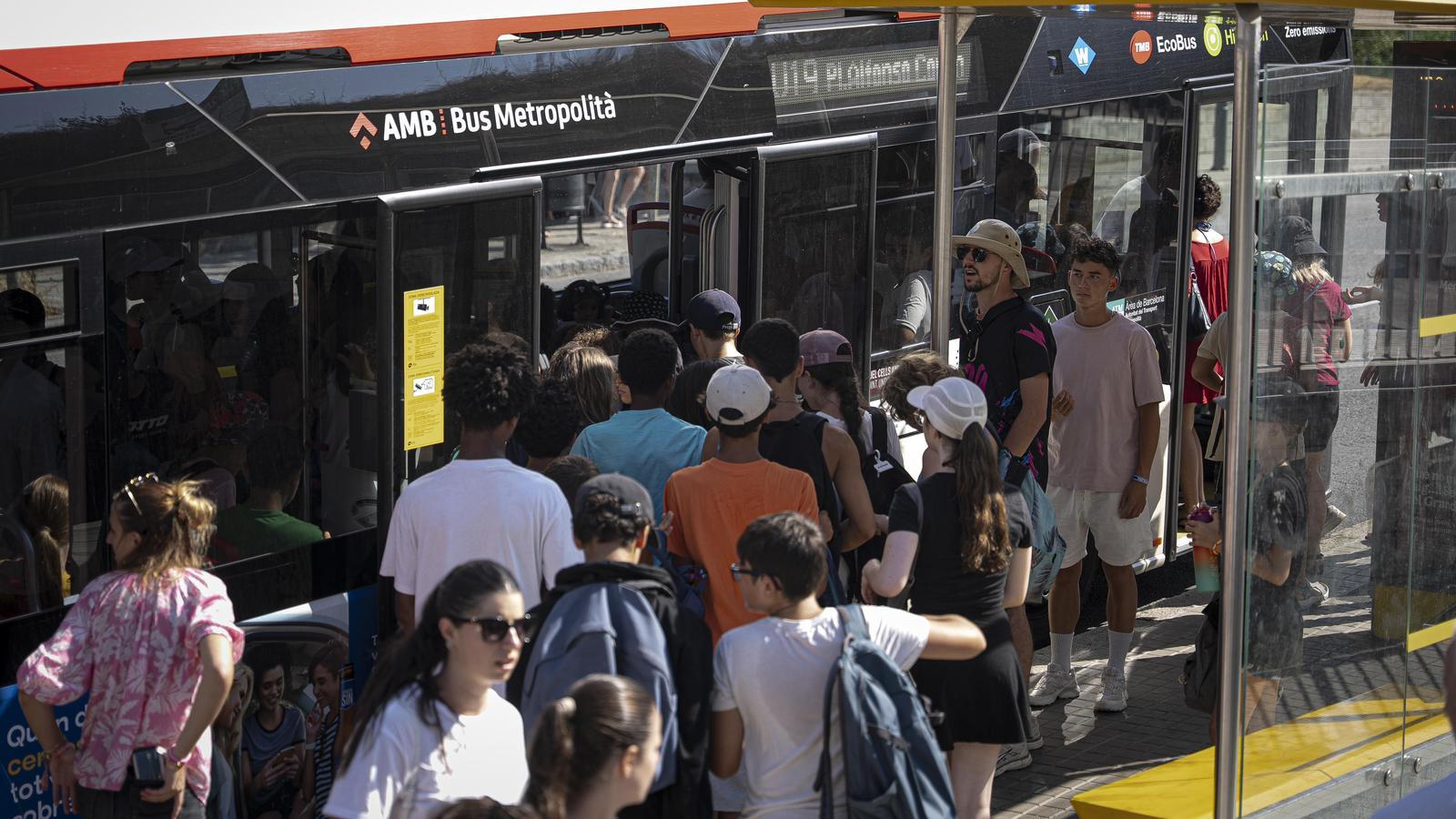Frictions between tourists and Barcelona residents


The journey of buses 24 and V19 in Barcelona It's an example, an example of the problems and friction that mass tourism can cause in the city of Barcelona. These are two buses that operate on key routes, because on some stretches they have few or no alternatives, especially this summer, with a central section of L4 closed for construction. But at the same time, they are also the buses that many tourists use to go to Park Güell and the anti-aircraft battery viewpoint on Rovira Hill, a pilgrimage site. Instagrammer misnamed "the Carmel bunkers." And it's in spaces like these two buses where coexistence between citizens and visitors becomes more complicated. The most direct witnesses of this situation—and also some of the victims—are the drivers of the vehicles that make these trips. They often become informants, tour guides, mediators, and security guards. They are forced to do jobs that aren't theirs to try to ensure a minimum level of coexistence on the city's public transport. And when this happens, it means something is wrong.
Bus drivers should be able to focus on smoothly moving a vehicle loaded with passengers in a city that often already has quite complicated traffic, not on ensuring that tourists respect the most basic civic rules or that there are no disputes between citizens and visitors. And the people of Barcelona, in a city that is supposedly trying to gain ground on cars, need efficient public transport that allows them to move quickly and comfortably, without feeling like anchovies in a can. Barcelona City Council must address this problem. And the solution It can't just be about adding more vehicles On lines 24 and V19: the attractiveness of Park Güell and the Rovira Hill viewpoint will outweigh any patch like this. And the residents served by both lines won't want their streets to become highways for buses and coaches either. Especially those who live on narrow, steeper streets, in Can Baró and Baix Guinardó, where the constant bus traffic deafens any resident who dares to keep their windows open. In addition to speeding up construction work on metro line 9 as much as possible, which will have a stop at Plaça Sanllehy, an increase in the capacity limit for tourists should be reconsidered at both Park Güell and the Rovira Hill viewpoint.
But the situation on the 24th and 2019 is only a symptom of a growing problem: the friction between tourism and citizens. It's worth remembering that in the first half of the year, Catalonia beat Another record of foreign visitors, 9.25 million, and although the increase has begun to moderate, tourism continues to grow. Almost 10% of Barcelona residents consider it the main problem of the cityIf Barcelona City Council doesn't address this friction between residents and visitors comprehensively, but also surgically in hot spots like these two buses, tensions will increase. And this can only lead to public unrest and an increasing rejection of visitors by an ever-increasing portion of the population.
